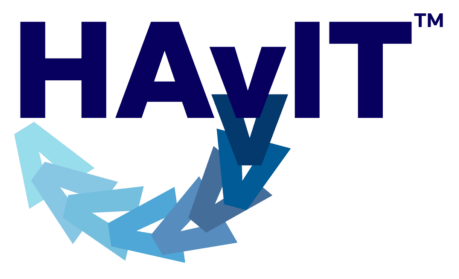During the spring of 2007, I attended Dianne Craft’s conference where I learned that dyslexia affects the auditory processing center and the visual processing center. Perhaps I had found help for my daughter’s reading and spelling struggles. She was a gifted artist, surely there were no visual processing concerns. What I did know is that modifying curriculum was not helping her learn to read. I was becoming very concerned about my inability to help her despite a degree in special education. She was beginning to express her frustration. I felt like a failure, especially when she called herself dumb.
A mother’s journey into the world of auditory dyslexia is a story of hope that shares ways to lessen the effects of auditory dyslexia. What I learned was the start of a journey that led to the creation of this website and help for countless families.
Brain Integration Training
Thus, we decided to try Dianne Craft’s Brain Integration Training with writing eights. I used Dianne Craft’s visual memory approach to improve memorization of spelling words. When you have auditory dyslexia, there may be Eustachian tube inflammation due to unknown food sensitivities or allergies. Later, we learned that she had both.
Because she needed a more visual friendly phonetic program, I develop a very structured visual friendly phonetic program using five different resources. Looking back, I now know she indeed had visual processing difficulties which is part of dyslexia.
- Two months later– she no longer rubbed her eyes while reading
- Four months later–she was able to read a list of twenty, large font, colored words without getting tired and guessing
- Five months later—no visual fatigue, loved to read
- Seven months later—no longer needs the large font, just colored letters
- End of the first year—working within her
grade level, six months behind
One day towards the end of the school year while my daughter was making a Welcome Home banner for her father, I noticed reversal of the second and third letter in a few words. I was greatly surprised to hear her say, “I know, I hear the third sound before the second sound and forgot to reverse them.” Wow! My daughter had taught herself to recognize when she heard sounds out of order. That took intelligence. It was time to find more answers. Testing by a licensed psychologist resulted in a diagnosis of dyslexia with the primary area of weakness diagnosed as auditory dyslexia.
Auditory Dyslexia, Answers
- Difficulty correctly responding during group discussions
- Often misheard
- Short-term memory difficulties
- Thought out loud, which was sometimes misinterpreted as bossy/mothering
- Said words incorrectly
- Spelling reversals and still wrote some letters
backwards - Emotional distress
Benefits of Auditory Integration Training
Thankfully, I found help for auditory dyslexia through an In-Home Berard-Based Auditory Integration Training program (AIT). I was surprised when the ENT doctor looked at her hearing test results and commented she would definitely benefit from auditory training.
- Sound intolerance was 66 decibels to 76 decibels on all frequencies; moderate to severe sound sensitivity. Normal tolerance is 90 decibels.
- Unorganized hearing in both ears.
- Six month after first program, clear auditory dyslexic pattern.
Dr. Berard teaches that auditory dyslexia causes sounds and even words to be processed out of order, which makes it harder to listen with comprehension and remember what was just heard. I saw the following differences about fourteen weeks (3 ½ months) after her first AIT program:
- Spent a few weeks asking about the correct pronunciation of a word
- Short-term memory improved—no longer argued about what someone had just said ten minutes before
- More appropriate verbal interaction in groups—supper table, with friends
- Reduced thinking out loud—appeared less bossy as she developed her inner voice
- Asked questions, admitted confusion
- Seemed to study less, more confident in not losing knowledge
- Needed radio to go to sleep, but stayed asleep when it was turned off

Auditory Dyslexia Diminished
After three auditory integration training programs, six months apart, my daughter’s mood became joyful. With astonishment, I saw her start to love reading. She now enjoys conversations no longer misunderstanding what she just heard.
Another change that I believe improved her ear health helped her maintain progress. We made dietary changes recommended by her rheumatoid arthritis specialist improved her overall health. She also enjoyed horseback riding several times a week, which I believe contributed to her amazing progress. Dyslexia now seemed a gift as she excelled in creativity and art.
I never would have thought that my daughter who was two years behind in reading at the beginning of third grade, because of auditory dyslexia would graduate from high school with a 4.0 and an associate degree while being very active working and volunteering.
Signed: A Thankful Mother, 2011-2017







0 Comments